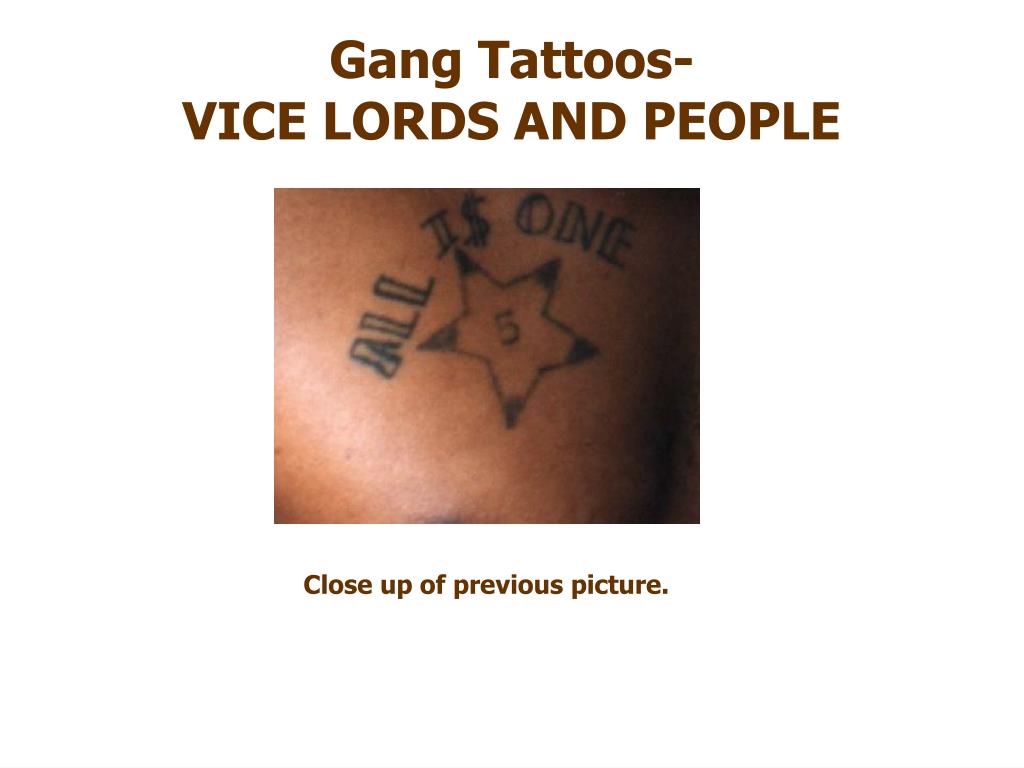


During adolescence, several developmentally-normative trends emerge that overlap with gang-related behaviors, such as increasing influence of peers ( Labile, Carlo & Raffaelli, 2000 Brown, 2004), risk-taking activities ( Steinberg, 2008), antisocial behavior ( Farrington, 1986 Piquero, 2001 Piquero, 2008) and co-offending ( Zimring, 1998 Piquero, Farrington, & Blumstein, 2007). This is an important theoretical, empirical, and policy-relevant topic, given that risk for gang initiation is particularly prominent during adolescence ( Hill, Howell, Hawkins, & Battin-Pearson, 1999) and gang youth account for roughly 70% of all self-reported violent offenses that are committed in adolescence ( Thornberry, Krohn, Lizotte, Smith, & Tobin, 2003 Huizinga, Weiher, Espiritu & Esbensen, 2003). These areas are home to many gangs and cliques in Memphis, as well as several apartment complexes such as Ridgecrest and various hoods including Spring Valley, Timberlake, and Schoolfield (SkoolField).While research has begun to explore risk and protective factors for youth gang membership (e.g., Hill, Howell, Hawkins, & Battin-Pearson, 1999 Howell, & Egley, 2005 Sharkey, Shekhtmeyster, Chavez-Lopez, Norris, & Sass, 2011), little is known about the individual differences in the predictors and consequences of adolescent gang affiliation. The Frayser area, which is also referred to as the Bay Area, and the Raleigh neighborhoods are large sections that extend from North Memphis. Made famous by Project Pat and a host of others representing North Memphis, the map depicts and at times specifically identifies Memphis gangs and ‘hoods of North Memphis, which includes the areas of Smokey City, Klondike, Hyde Park, Hollywood, Binghampton, and Mitchell Heights, among others. These areas are home to several Memphis gangs such as Pirus, Hoovers, Grape Street Crips, Neighborhood Crips, and others. The regions beyond the initial neighborhoods of South Memphis that are located towards the south of I-240 include Westwood, Walker Homes, Blackhaven (also known as Whitehaven), Riverside, Castalia, and even Southeast Memphis (also known as East Memphis). However, it also is home to previous public housing projects such as LeMoyne Gardens, Fowler Homes, Foote Homes, and Cleaborne Homes.

to McLemore to South Parkway, is a historic region that includes iconic neighborhoods like Orange Mound, which were the city’s initial all-black communities.

The neighborhoods in South Memphis, which were once called Funky Town, are famous for being the home of pioneering and legendary rappers such as Young Dolph, DJ Paul of Three 6 Mafia, 8Ball & MJG, and Playa Fly, among others. *Leave a comment below, especially if something is wrong or missing.* Memphis Gangs Key: Red = Blood/Vice Lords | Blue = Crips/Gangster Disciples | Black = Unknown | Dark Purple = Mixed | Green = former housing projects As these rappers have put Memphis on the map, the city can be easily navigated as the map below that accurately depicts its streets. The city of Memphis has become well-known by popular rappers who hail from different neighborhoods such as Castalia, Evergreen, Orange Mound, Walker Homes, South Parkway, and Hyde Park/Hollywood. By scrolling through, one can explore the well known sections of North Memphis, South Memphis, and East Memphis, as well as Orange Mound, BlackHaven, WestWood, and many other neighborhoods. View a map that breaks down the Memphis hoods, as well some of the Memphis gangs areas, but none that are specific. Memphis Hoods Map and Tour of Memphis Gangs


 0 kommentar(er)
0 kommentar(er)
